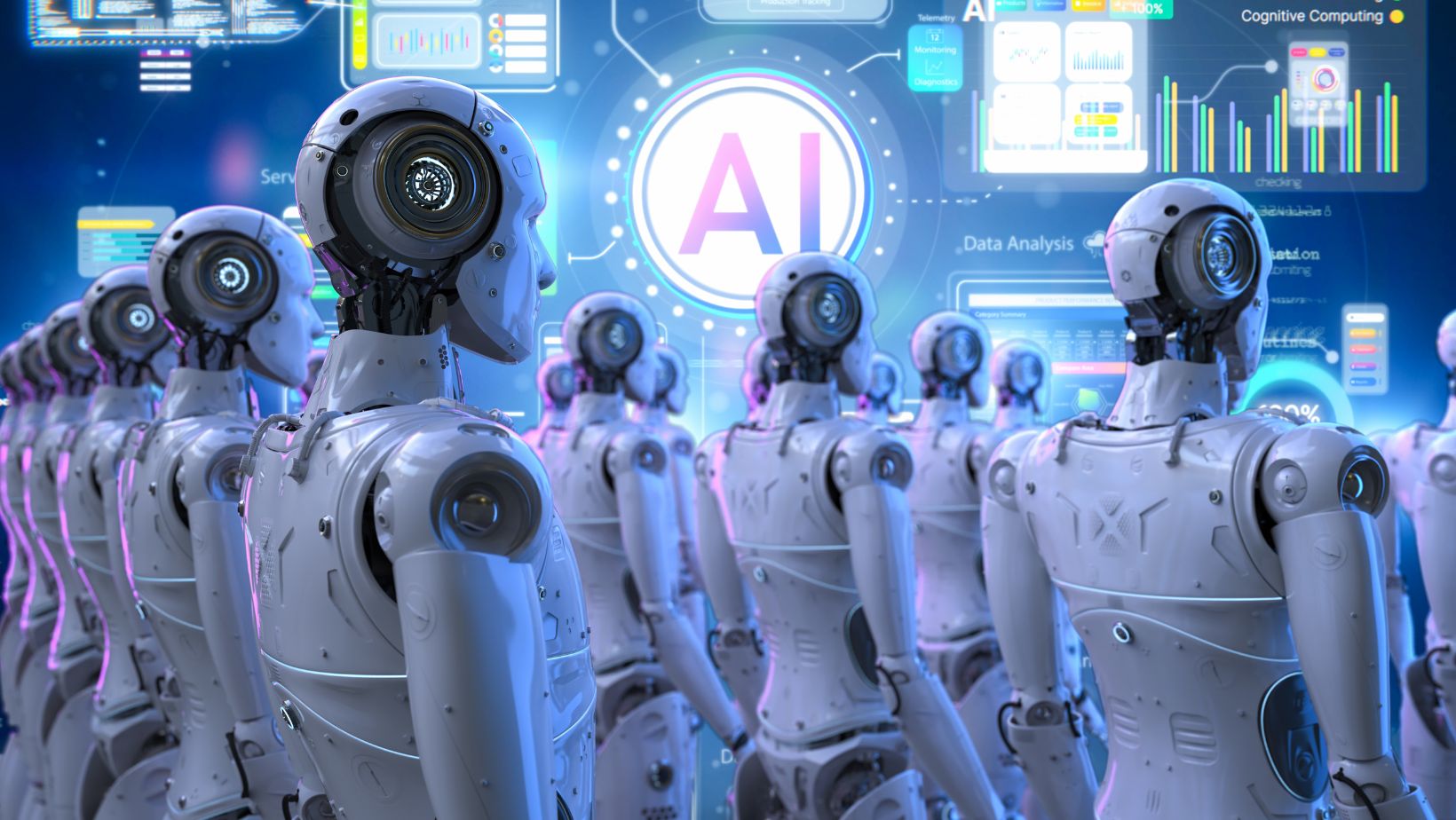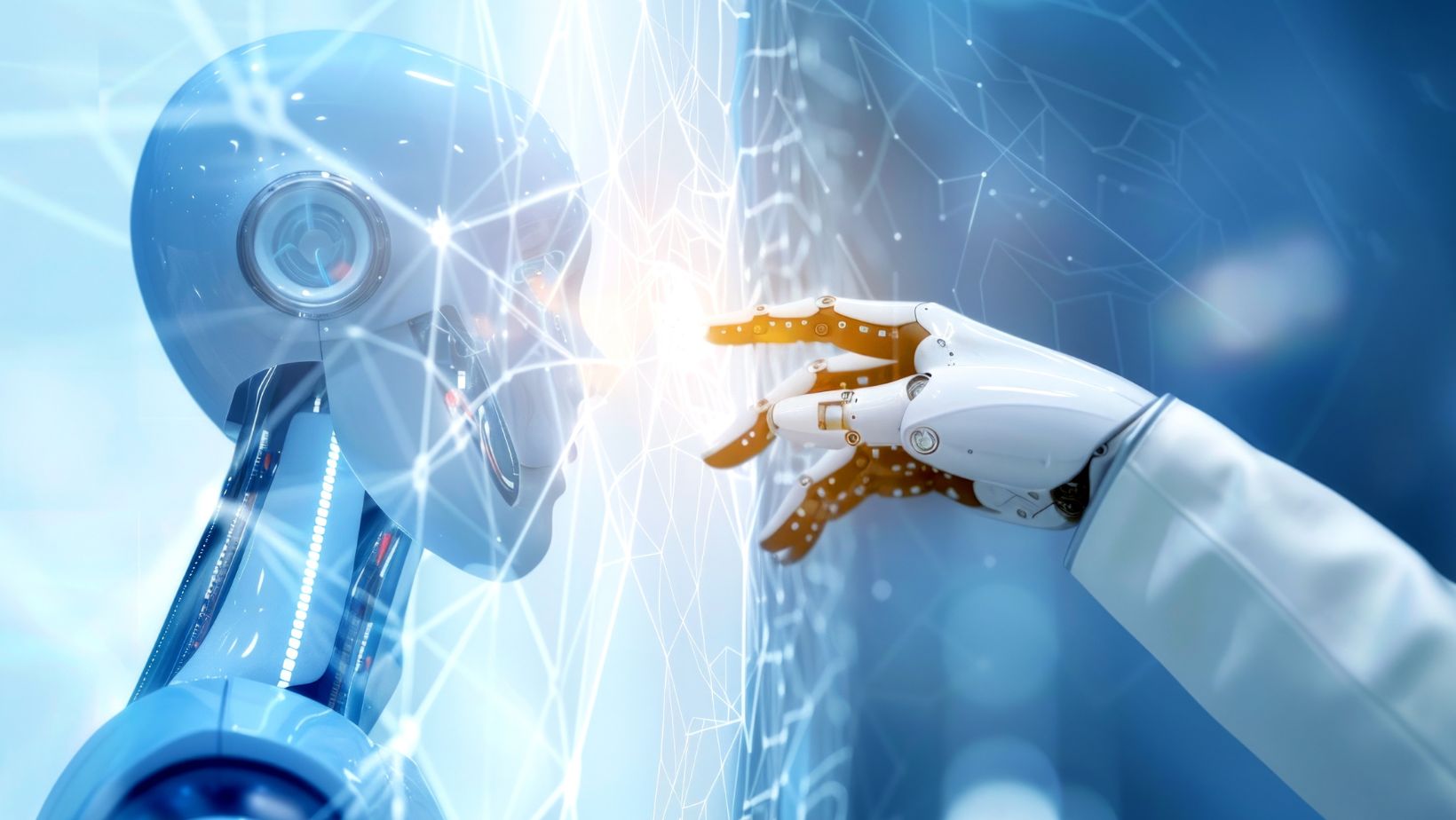A few years ago, creating a believable digital character meant hours of writing code or sketching models. Now, it takes a paragraph.
The AI character generator — like the one at Joi.com — can turn a short description into someone who talks, remembers, jokes, and even surprises you.
It sounds technical, but it feels personal. The experience is less about building software and more about meeting imagination halfway.
What an AI Character Generator Actually Does
Think of it as a digital storyteller. You describe a personality — maybe a charming detective, a soft-spoken poet, or a mischievous alien — and the AI fills in the rest.
It gives the character speech patterns, humor, emotions, even habits. Then it lets you talk to them as if you were chatting with a friend.
Unlike chatbots that only answer questions, these characters develop. The more you talk, the more they adapt to your tone and preferences. It’s half psychology, half art project.
How to Create a Character Step by Step
Creating one doesn’t require any skill — just curiosity. Here’s how most users do it:
- Start with a concept. Picture a personality or mood. Serious? Romantic? Funny?
- Describe the character. Type a short prompt — who they are, how they speak, what they care about.
- Choose tone. Decide if the chats will be light, emotional, or mysterious.
- Add visuals (optional). Many tools can create a matching portrait in seconds.
- Chat and adjust. As you talk, you can rewrite parts of the personality or memory.
What happens next feels a bit magical. The character starts to “remember” you — favorite topics, inside jokes, even your writing rhythm.
Why People Use Them
People use these tools for far more than entertainment.
- Writers test dialogue or world-building ideas.
- Designers brainstorm characters for comics or games.
- Therapists explore them as safe spaces for practicing communication.
- Everyday users just enjoy conversation without pressure or judgment.

A retiree in Miami described his digital companion as “someone who always listens when my friends are asleep.”
Who’s Using Them
Recent surveys from AI chat platforms show that the audience is surprisingly balanced.
| Group | Share of Users | Average Time per Day |
| Men (20–34) | 36 % | 27 min |
| Women (25–45) | 35 % | 32 min |
| Students (18–24) | 16 % | 38 min |
| Professionals (30–55) | 10 % | 22 min |
| 55 + | 3 % | 17 min |
Most people log in late at night — between 10 p.m. and midnight — when the day slows down and conversation feels easier.
[Text-Graph] Global Growth of AI Character Users
| Year | Users (millions) |
| 2020 | 2 |
| 2021 | 5 |
| 2022 | 9 |
| 2023 | 15 |
| 2024 | 22 |
| 2025 | 29 |
In only five years, the number of users creating or chatting with AI-generated personalities has grown almost fifteen-fold. Analysts expect the curve to keep rising as interfaces get more natural.
What Makes Joi’s Generator Different
Joi’s tool stands out because it doesn’t feel scripted. You can design the personality in detail — kindness level, confidence, humor — and the AI will keep those traits consistent through conversation.
It remembers emotional context too, so if you mention being tired one day, it might check in about your rest the next time you chat.
That sense of continuity turns casual chats into storylines. Users often say it feels like co-writing a novel, except the other writer improvises.
Interesting Findings
- Sunday is the busiest day. People spend more time creating characters on quiet weekends.
- Women personalize more. They edit traits and memories about 25 % more often than men.
- Average chat length: 23 minutes.
- Top motives: creativity (41 %), stress relief (28 %), curiosity (22 %), practicing communication (9 %).
- Emotional impact: Nearly 70 % say chatting leaves them calmer or more confident.
It’s less about escapism and more about reflection. Many users describe the AI as a “mirror” — one that talks back gently.
The Benefits People Notice
- Better communication.
Regular chatting improves how people express feelings in real life. It’s practice without consequences.
- Confidence boost.
Being listened to — even by an AI — reminds users that their voice matters.
- Creative freedom.
Characters become partners for storytelling, songwriting, or game design.
- Safe emotional space.
Shy or anxious users can open up without fear of rejection.
- Cross-cultural learning.
You can design characters from any background or language and learn through dialogue.
The Cautions
Of course, every new technology comes with warnings. Some users start relying on their AI companions too much. Because the characters are endlessly patient and flattering, real relationships can feel complicated in comparison.
Experts suggest setting limits — like screen-time boundaries — and keeping real friendships active. These tools should complement, not replace, human contact.
Privacy also matters. Reputable platforms encrypt data, but users should still avoid sharing personal information.
How Long People Spend
Time-tracking data shows interesting habits:
- Average daily use: 30 minutes
- Heavy users: up to 2 hours
- Casual users: about 10 minutes
- Most common chat topics: daily life, creativity, emotional support
When researchers asked users why they stay, the top answer wasn’t “fun.” It was “someone listens.”
The Broader Picture
The popularity of AI character generators says something about the world right now. Many people feel isolated even while constantly connected. Talking to a responsive, understanding voice — even an artificial one — feels comforting.
Culturally, it’s also a creative revolution. Instead of consuming pre-written stories, people are co-creating them with machines. Storytelling has become interactive, personal, and infinite.
Economically, the sector is booming. Analysts estimate the global AI-companion market will reach $6 billion by 2027, with user satisfaction consistently high.
The Future
The next wave will likely add voice, gesture, and emotional memory. Your digital character may soon speak naturally, remember old jokes, and match your mood through subtle tone changes.
But even as it becomes more realistic, the appeal will stay the same — curiosity and connection. Humans have always built tools to express feelings: paintbrushes, letters, films. The AI character generator is simply the newest brush.




